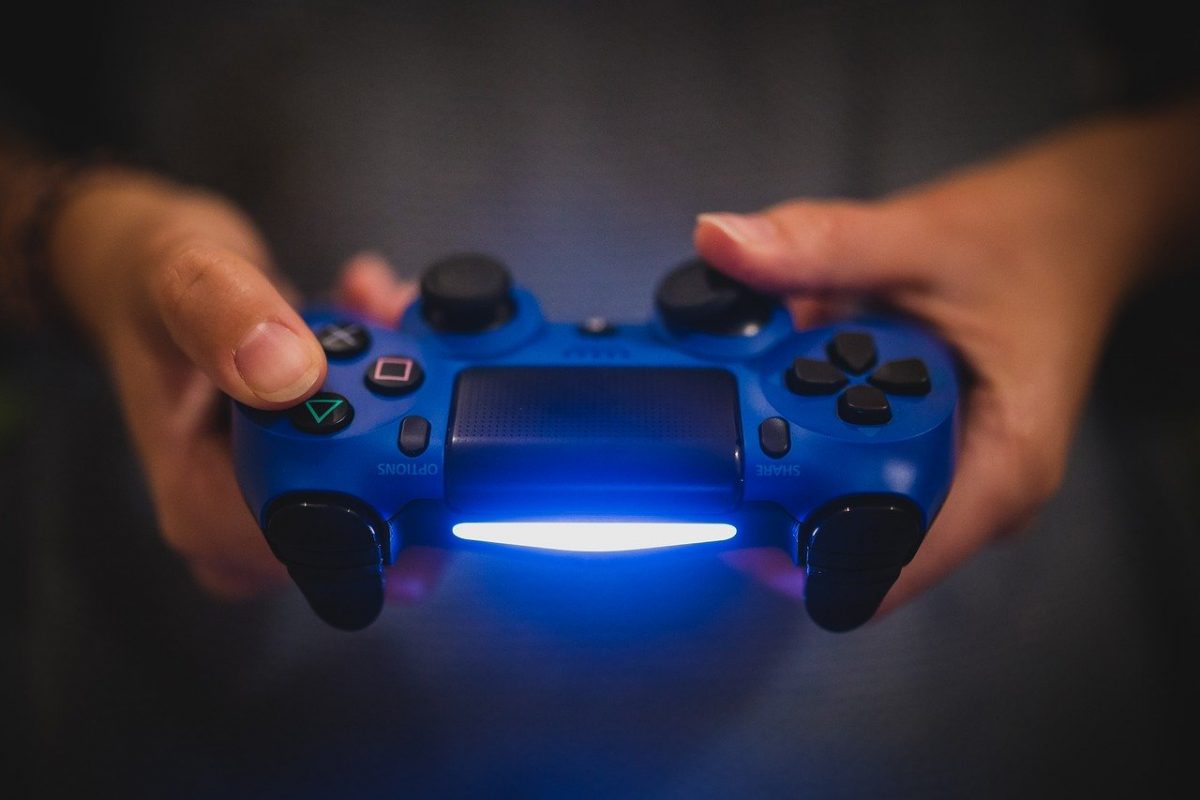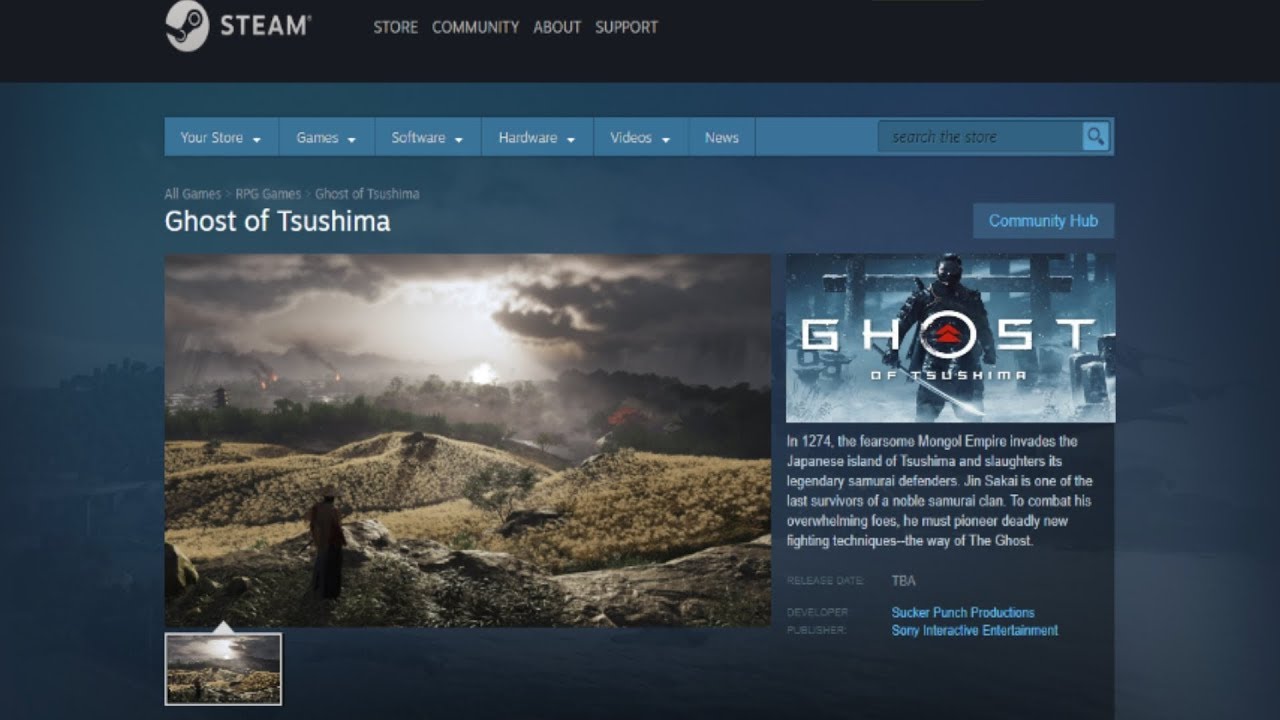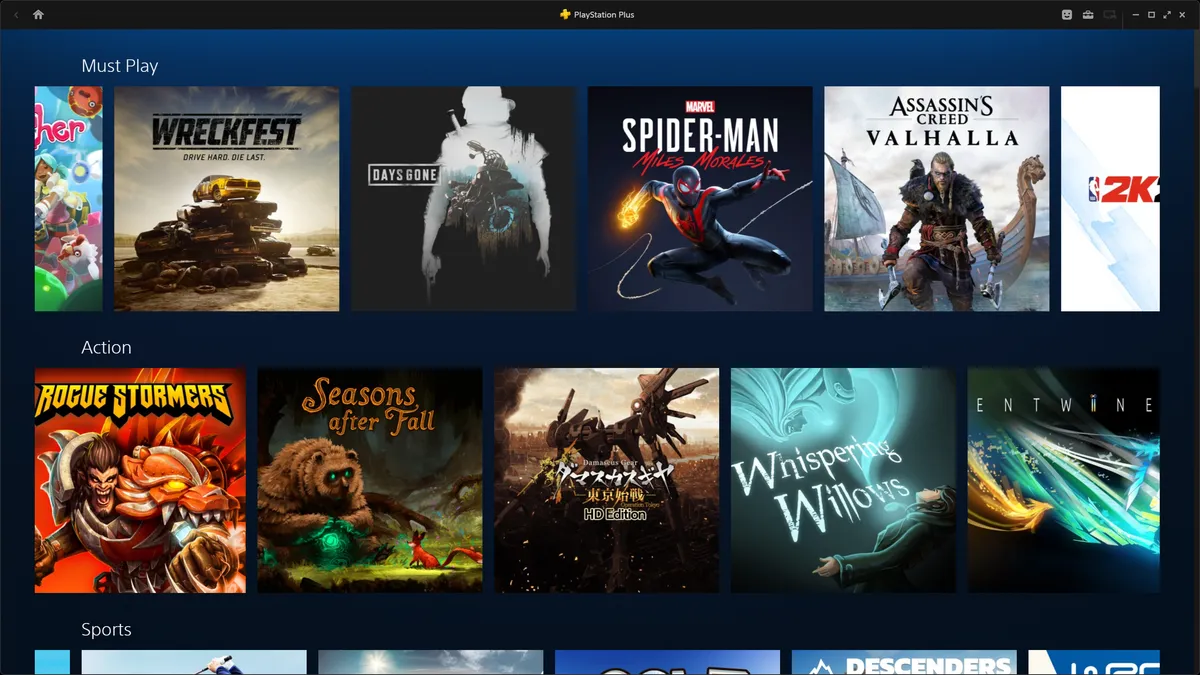When Ghost of Tsushima was announced back in 2017, some people were a bit skeptical that this game would be a hit. But here we are three years later. Is this game the swansong the PS4 needed before heading into the next generation? Continue reading this article to find out.
What is Ghost of Tsushima?
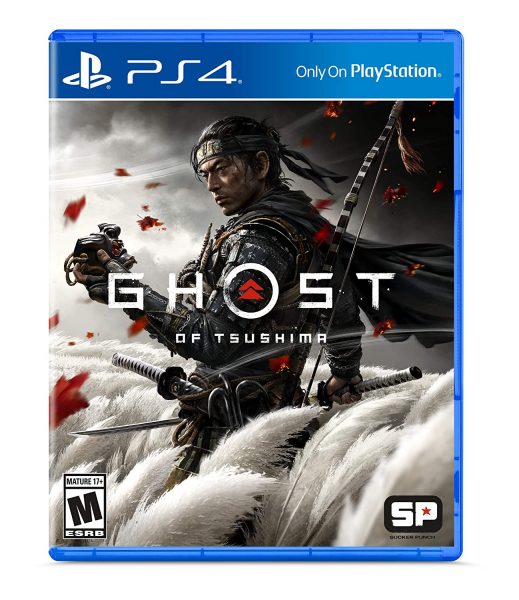

Ghost of Tsushima is an open-world samurai action-adventure PS4 exclusive video game created by Sucker Punch Productions and published by Sony Interactive Entertainment. The game follows the journey of a samurai who wants to liberate the island of Tsushima from the invading Mongol horde. The game was a highly-anticipated release and is one of the best PS4 games to release in 2020.
Who Developed Ghost of Tsushima
Ghost of Tsushima was developed by Sucker Punch, one of Sony’s top game development studios. The developers of Sucker Punch are famous for the Sly Cooper and Infamous franchises that first released in 2002 and 2009 on the PS2 and PS3 respectively. Their games are iconic and great which gives them a lot of goodwill and hype within the video game landscape.
However, after the release of Infamous: Second Son and Infamous: First Light, it would take them six years before they release another game.
Ghost of Tsushima Gameplay
Gameplay-wise, Ghost of Tsushima doesn’t deviate that much from your typical open-world A&A game. However, Sucker Punch added in a few flairs that people wouldn’t notice if they aren’t keen-eyed enough. Here are some of them:
Story
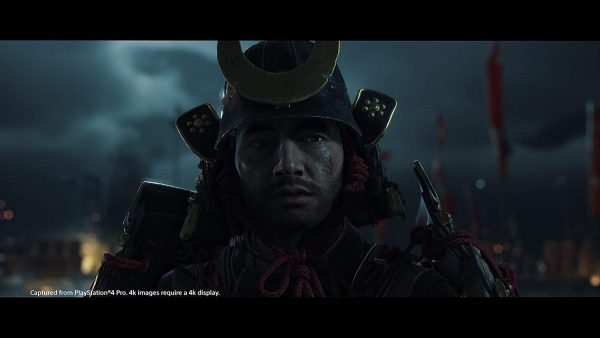

The Story revolves around a Jin Sakai, a samurai from Tsushima Island. The island is being invaded by the Mongol Horde of Khotun Khan, and it’s up to Jin to not only stop the Mongol Horde but to also ensure the safety of his uncle and the people of Tsushima from the Mongols. To do this, however, he might need to forsake his honor as a Samurai and take to the shadows as the Ghost.
Graphics & Art Style
All in all, Sucker Punch created a wonderful game. But it’s the graphics and art style that takes the cake for plenty of fans and critics.
The game’s art style takes its roots from the old samurai films of old. And the influence of those films is readily apparent even if it’s you’re not using the black-and-white mode. From the graphics that look nearly watercolor and airbrushed to the incredible details of the trees and grass, you can see a lot of Japanese influence in this Western-made game. And it shows how much research was done for the game to look this authentic and cool.
When you start the game, you get to choose how you wish to see the world of Tsushima. There are a few standard options, as well as Kurosawa Mode, smartly named after beloved Japanese filmmaker Akira Kurosawa. Some people highly recommend using Kurosawa Mode as it turns the entire game into a black-and-white film reminiscent of beloved Kurosawa classics like Yojimbo and Seven Samurai.
Controls
Ghost of Tsushima’s controls can be a bit complicated at times, and it takes a bit of finagling for anyone to get used to them. However, you CAN eventually master its controls as you progress through the story.
The control layout that the game has is a diverse one and makes full use of the entire Dualshock 4 Controller. Since we’re talking about the entire controller, the Trackpad is definitely included. But we’ll get into that in detail later.
Visual Cues and Collectibles
The game has a series of visual cues that players can easily spot. Three of the most prevalent signals are wind, smoke, and small animals, specifically foxes and birds. We’re going to discuss all of them one by one.
Guiding Wind
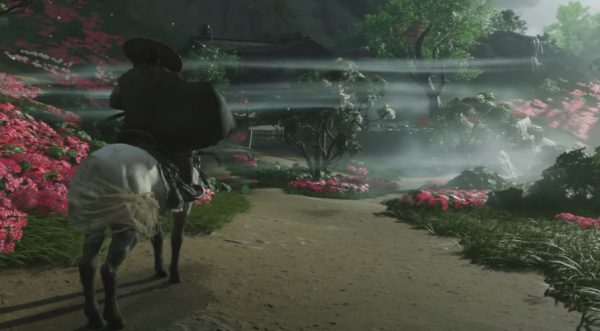

The wind will guide your way. This saying might sound corny to some, but it’s a fact on Ghost of Tsushima. On your map, you can establish waypoints and mark where you want to go. However, when you’re in the world, you don’t see a yellow sign, a black indicator, or any kind of colored marker.
Instead, you get the wind.
The Guiding Wind mechanic is a novel way for Sucker Punch to eschew the traditional colored waypoints. By swiping up on the trackpad (I did say we’re going to be using the trackpad, didn’t I?), you can summon the wind to guide Jin through the island of Tsushima and find important locales and other areas.
You can also spend technique points (the game’s equivalent of skill points) that you get from leveling up to improve the Guiding Wind. These points will allow you to mark other areas and collectibles like Inari Shrines and Torii Gates.
Smoke
The world of Tsushima is expansive and panoramic, and the beauty of the landscape is apparent to see. This is why it’s all the more striking when you see smoke trails going up the sky.
There are two types of Smoke Trails that you can see in the world of Tsushima The first is faint, white smoke trails from friendly encampments, as well as sidequest locations. Go there if you want to take a break from killing Mongols or if you’re doing a 100% completion run with all side quests and stuff taken.
The second type of smoke is the larger, more easily seen black smoke. This type of smoke is reserved for Jin’s Mongol enemies. You can typically see them in the overworld as encampments, nd there might be times when discretion is the better part of valor and run like the wind in the other direction if the camp is particularly big and you don’t think you can handle it yet.
Otherwise, if you’re feeling confident in your skills and your gear, you might see them as a definite challenge to overcome. Clearing these camps is also a great way to test your skills and mastery of the game.
Another thing that should probably be mentioned here is that Jin’s legend increases you finish more tales and side objectives. The greater Jin’s legend, the more powerful your upgrades are going to be. So you might want to go for that 100% Completion to be the strongest that Jin can be during the story’s most important battles.
Trees and Animals
There are a lot of collectibles in Ghost of Tsushima, fitting for an open-world action game. However, as you might expect from a game like this, finding them isn’t easy. The game will give you visual cues that you can use to your advantage to help you out a bit. All you need to do is to observe the animals and plants around you. Here are some collectibles that you can find through the use of a careful eye and the help of certain plants and animals.
Inari Shrines
Inari Shrines are shrines Jin can pray on to increase how many charms he can carry and use. To find them, you need to keep a lookout for yellow- or red-colored trees (depending on how far you are in the game already), as well as fireflies, butterflies, and foxes.
The foxes, in particular, take the main role here. As befitting of the animal form of the Kami the shrines are for, foxes will lead you to the Inari Shrine nearest to you. After petting the fox in thanks, pray to the shrine to receive an Inari Charm and a possible increase to the number of charms you can carry. Also, finding all 49 Inari Shrines opens all your charm slots and upgrades two Inari Charms to the maximum of their capabilities. It also nets you the Wolf of Tsushima Mask, a cool accessory item that Jin can equip as well as one of the requirements needed for the “Body, Mind, and Spirit” Trophy.
Hidden Altars
This one is a bit trickier when compared to the other collectibles that we’re going to discuss today. The Hidden Altars are exactly what it says on the tin. They’re not marked on the map; there are no visual indicators in the overworld that’ll let you know that you’re near one; there are no cute animals or colored trees to show you the way.
There’s only one way to know if they’re near.
If you see a sign depicting a man bowing down, you’re near if not already at the place where the hidden altar is. You should do as the sign bids and bow down. After doing so, you’ll see some cool visual effects. Some examples of these effects include lightning strikes, birds suddenly appearing all over the place, fishes jumping over the water, and more.
There are 12 Hidden Altars scattered across the island of Tsushima. However, the game will only require you to find 10 to unlock a PS trophy. Other than that, there’s no other reward to gain from finding them. This makes it seem like a lost opportunity and a waste of time for some.
Haikus
Haikus are Japanese poems composed of 17 syllables in lines of 5, 7, and 5. And if you’re wondering why we’re talking about Japanese poetry in a samurai video game, well… That’s because they are IN said game.
There are 19 haikus that you can find throughout the world. To find them, you only need to look for golden Songbirds flying about. These songbirds can lead you to other collectibles as well, which we’ll be going through later. Once you do, you’ll sit down and compose a haiku from three five-syllable lines, three seven-syllable lines, and another three five-syllable lines. No need to worry about crafting your own.
Once you’ve completed the haiku, you’ll be rewarded with a headband representing the place you’ve composed the haiku on. Of the 19 Haiku locations, only 16 give headbands, as two are connected to the main quest and one is on a side quest. Another trophy will be awarded to you if you manage to find all of them.
Hot Springs
Hot Springs are plentiful in Japan due to the myriad of volcanoes in the country. Thus, it makes a lot of sense for 18 of them to be in the game. You’ll get an increase to your maximum health if you do take a little break and have a dip, which is very welcome for players.
The Hot Springs are highly visible in the overworld as they’re usually besides red-leaf trees. The Golden Songbirds that were mentioned in the Haiku collectibles also lead you to Hot Springs, Except for Hot Spring #7. The Hot Spring can be unlocked by talking to an old woman in the Town of Hiyoshi. She will then lead you to the spring so you can bathe and increase your HP.
Getting all 18 Hot Springs is necessary to get the “Body, Mind, and Spirit” Trophy.
Bamboo Strikes
If you’ve seen a kendo attempt to cut rolled tatami in twain with a katana, this is that. However, you do this with bamboo. Your objective here is to quickly and accurately press all the buttons corresponding to all the bamboo in the line. Cut all of them and you get extra resolve that is used in healing and some special attacks. You can usually find these challenges in villages. If you don’t know where they are, remember that the Golden Songbirds are your friends.
There are 16 of these scattered across the map of Tsushima. Completing all 16 is necessary to obtain the “Body, Mind, and Spirit” Trophy.
Other Collectibles
Other than these five collectible types, there are nine others that you can get in the world of Tsushima. Each one gives either Vanity Gear, more charms, and some give esoteric abilities that don’t affect gameplay like being able to change the weather using your flute (More on that later).
The other nine collectibles that you can get are:
- Vanity Gears (59)
- Shinto Shrines (16)
- Lighthouses (8)
- Pillars of Honor (23)
- Duels (25)
- Sashimono Banners (80)
- Records (40)
- Mongol Artifacts (50)
- Singing Crickets (20)
Combat
Let’s start with the thing that people are talking about first: the fact that there’s no lock-on camera.
In Ghost of Tsushima, you have full control over your camera movement. You can’t actually “lock on” to an enemy and focus on attacking them until they’re dead. That seems to be a turn-off for some people. However, the devs at Sucker Punch say that it’s a deliberate decision on their part.
Nate Fox, the game’s Narrative Director, stated the reason why the lock-on mechanic that is prevalent on similar titles was deliberately left out. While they were making research for the game, the developers saw a myriad of samurai films to analyze their movements and fighting style. Fox states that one thing that he saw was that when the samurai in the movies fight, they had to switch their focus from one enemy to another as quickly as possible as they battled through a swarm of enemies.
Fox concluded by saying that adding in the lock-on mechanic would hinder players from seeing the groups of enemies coming at them and instead just tunnel their vision on specific opponents. They believe adding the mechanic will make the players miss the atmosphere the game’s trying to emulate.
As said by the narrative director, the game’s combat system wants you to take in the bigger picture. To take on multiple enemies at once and move on to another combatant after you kill one of them. Your other tools for the job like the kunai, smoke bombs, and other implements give you an advantage in cutting down your enemies while being outnumbered.
Stances
Other than those, you also get different stances. You can gain them by observing and killing Mongol Leaders. A little tip on this: you can get two points in unlocking any of the four stances through observing and then killing them immediately afterward. This is a great way to get all of the stances faster.
Each of the stances in the game can counter a different type of enemy. These stances and the enemies they counter are as follows.
- Stone Stance: The first one you get. Effective against swordsmen.
- Water Stance: Effective against shieldmen.
- Wind Stance: Effective against spearmen.
- Moon Stance: Effective against brutes.
Each of the stances can be improved upon by using Technique Points you can get throughout the game. You can change your stance even in the middle of the battle by holding the R2 button and press the corresponding face button that’s been assigned for each of the stances.
Difficulty Modes
Overall, Ghost of Tsushima has three difficulty modes to choose from: Easy, Normal, and Hard. If you’re just going through the game just to see the story, Easy’s the perfect pick for you. If you want a middle ground between enjoying the story and experiencing a bit of a challenge, Normal’s your best bet. But if you’re the kind of guy who enjoys a brutal challenge, then Hard Mode is where it’s at.
Ghost of Tsushima’s Other Features
Other than what we’ve already mentioned, there are other features that you might want to keep an eye out on. And while some of them don’t add gameplay advantages, they help in enhancing the overall experience Ghost of Tsushima gives its player base.
Fashionista of Tsushima
Everyone and their mother might have heard of the term “Fashion Souls”. And if you’re confused about what that means, it’s a reference about the numerous stylish armor and accessory combinations the Dark Souls games have. And truly, Ghosts of Tsushima follows this as well by giving players a TON of armor and accessories to trick out Jin’s attire. This allows you to insert your personality into the game even if you can’t alter Jin himself.
Throughout the story, you can get armor pieces, armor skins, masks, and katana skins among others by completing quests, going on side missions, and getting all of the collectibles.
A Single Photo Tells a Thousand Words
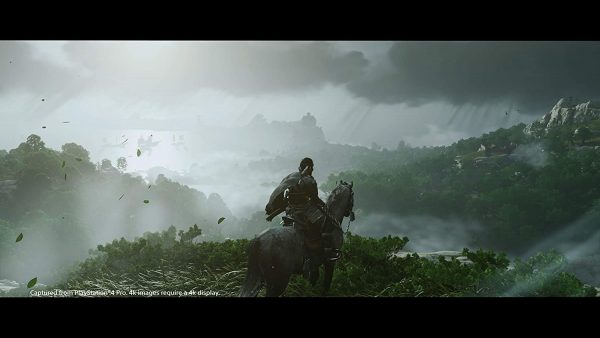

The world of Tsushima is a wonderful thing to see, which is why Sucker Punch added in a Photo Mode. Press right on your controller’s D-Pad to access it and peruse the many, MANY things that you can do to improve the scenery. Some of the things you can do are changing the weather and adding in other visual effects. If you’re done with the edits, simply press the Share Button to save the screenshot.
Flute Playing
Yes, you can play the flute in the game. However, unlike in Last of Us 2 that has a dedicated guitar mode (one of the things that slightly redeems the disappointing game in the eyes of some fans), you can’t play the flute yourself. Instead, there are flute melodies all over the world of Tsushima that you have to find and then equip. As an addition, some of these melodies can change the weather. So you might want to keep an eye out for them as well.
Ghost of Tsushima vs Sekiro
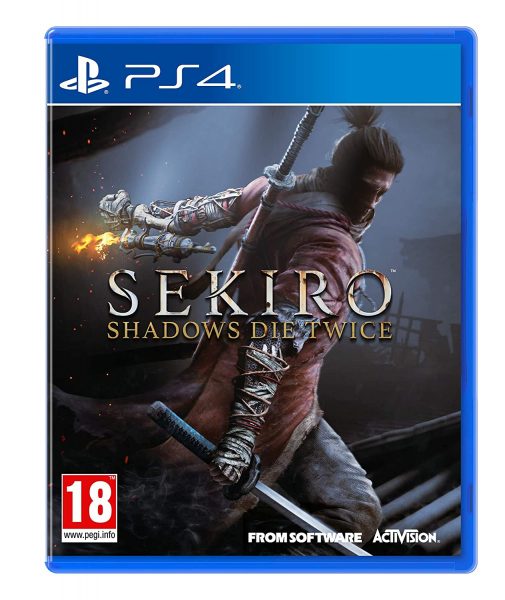

Some people are comparing Ghost of Tsushima to Sekiro: Shadows Die Twice, FromSoftware’s take on the Samurai/Ninja gameplay genre. However, we need to get this out of the way quickly.
Both Ghost of Tsushima and Sekiro might have similar gameplay, but they are entirely different games.
Ghost of Tsushima is an open-world title and it wears that distinction proudly. For one, the game offers more exploration when compared to Sekiro. And in terms of playstyles, you can go as a stealthy Shinobi or a loud and proud Samurai, and the stance style gameplay also mixes things up. On the other hand, Sekiro uses Prosthetic and Ninja tools with a mite sprinkling of Samurai skills and attacks like the Ichimonji and Ashina Cross.
The games have similarities, and you might even say Ghost of Tsushima took inspiration from Sekiro when it comes to some aspects. But both are incredibly solid, stellar games that deserve all of the praise they’re getting. And if you do have one of them with you, don’t let it stop you from playing the other one since they’re both awesome.
Check out Sekiro and other games like Dark Souls by reading our list of the top games inspired by the latter.
Play Ghost of Tsushima Today
Ghost of Tsushima is easily one of the best open-world action-adventure AAA games that you can buy today. It has a gripping story, fun gameplay, and great rewards for progression. Overall, the game provides an awesome experience to its players, and you can easily sink in hours of playtime if you’re not careful. This danger is a great indication of how much care went into the game.
If you want a kickass Samurai/Ninja game that’s just loads of fun to play? Try out Ghost of Tsushima to enjoy a picturesque adventure with great gameplay. It’ll be well worth your time and your money to do so. It’s the perfect sendoff for the PS4 before the PlayStation 5 launches soon.









